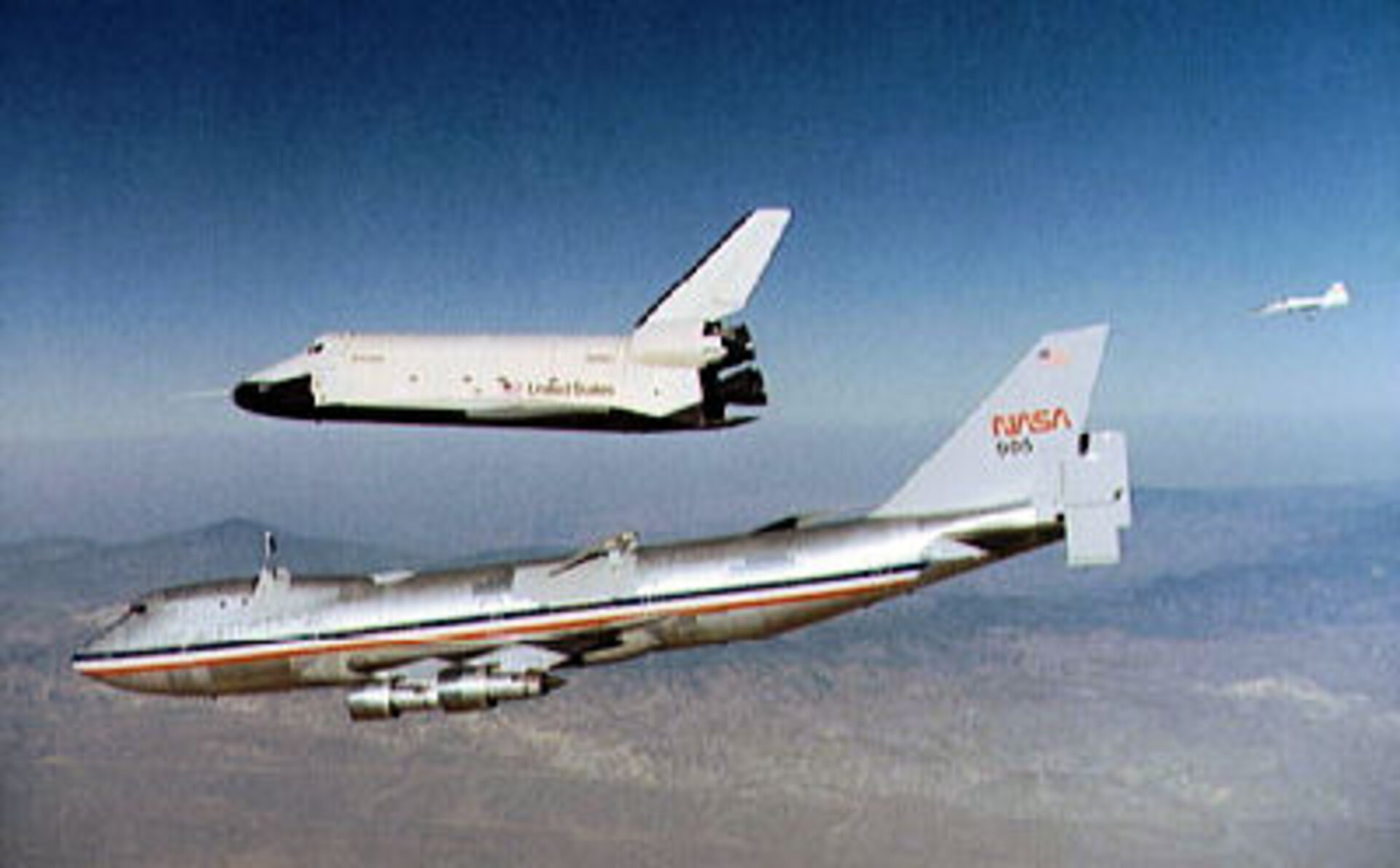

Many of the flyback booster designs needed approximately 150,000 lbs of jet fuel (by comparison, a Boeing 777-200ER has a fuel capacity of roughly 300,000 lbs).Ĭonsideration was given to using liquid hydrogen as fuel for the jet engines, cutting out the need for jet fuel tanks.

The weight of up to twelve jet engines and the necessary jet fuel cut into the payload of liquid hydrogen and liquid oxygen for the booster’s rocket engines. Soon, the design of the flyback booster began to take on technical challenges that rivaled those of the Orbiter itself. Some of the designs for the flyback booster were so big that they required as many as twelve jet engines. Some designers even envisioned the Orbiter rendezvousing with tankers to take on additional jet fuel.Īs late as 19 when designers went with an Orbiter design that was unpowered on its landing, design studies still prominently featured a fully reusable two stage Space Shuttle with a big flyback booster that had its own jet engines. Initially, the Orbiter’s designers believed that giving the Orbiter its own air-breathing engines offered three advantages: it would allow atmospheric flight testing and pilots could practice landings in the run up to an orbital mission, the engines would facilitate ferry flights, easing the repositioning of the Orbiter between various facilities, and it gave the Orbiter cross-range capability upon return from orbit.


 0 kommentar(er)
0 kommentar(er)
